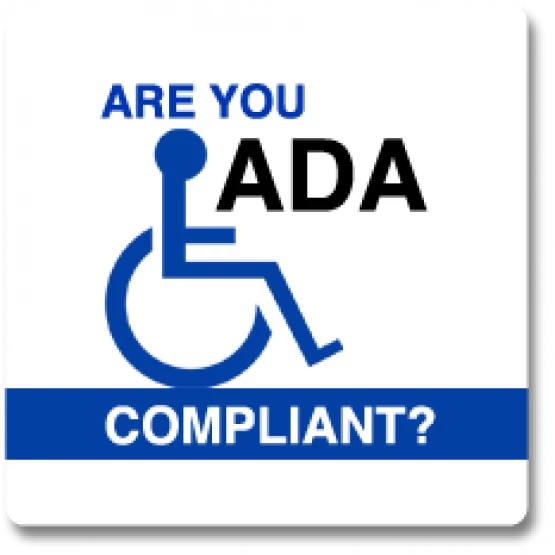A Complete Guideline for the ADA Compliances for Websites
A Complete Guideline for the ADA Compliance for Websites
Author’s note: I am not an attorney, I am only a digital marketer. Therefore don’t consider this article as a legal advice. In case, you want some advice then you need to concern with the lawyer. This article is just a solely for dialogue open with the community of digital marketing.
Early year, I was surprised, when I hear about the case of a lawsuit threatened, a colleague of mine had to have a website, which was not an ADA compliment just an allegedly. The lawsuit was not fully accessible and the law firm filed the suit just to settle down the matter with a small fee.
Before looking forward, first understand the accessibility compliance that took place in any ADA history, for law understanding.
What is the basic purpose of ADA Compliance?
ADA stands for American with Disability Act, is a civil right comprehensive, which was enacted for individual’s protection with the discrimination form of disabilities.
There is a wide scope of the law that is given below:
- Private and public spaces
- Local and state governments
- Employment
- Codes building
- Telecommunication
- Transportation
The reason behind the ADA is the disability of law like wronged parking, wheelchair ramp, and service counter The ADA mandates are legally placed with the accommodation of public, which are removed with any access, generally wouldn’t be hindered for the purpose of good and service of business.
What is the purpose of WCAG?
Generally, a set of accessibility that generally created by the group of the World Wide Web Consortium with the help of another group guideline for making their work more accessible including disability. The technical features depend on the four categories under the conservation of the12 guideline:
- Operable
- Perceivable
- Robust
- Understandable
There is a testable criterion of success in12 guideline that is used for the website’s usability measurable

